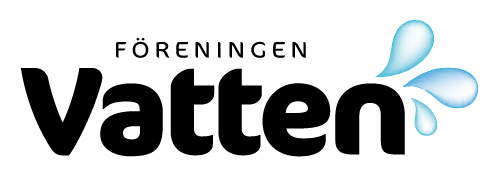Mixing Time for the Dead Sea Based on Water and Salt Mass Balances
Water and salt mass balances for the Dead Sea were modeled. Precipitation, evaporation, river discharges, ground water flows, input/output from potash companies and salt production, and brine discharge were included in the models. The mixing time in the Dead Sea was modeled using a single-layer (well-mixed) a two-layer (stratified) system.Using the single-layer approach the water […]
Microbiological Testing of Potable Water in Northwestern Haïti
In commune Anse Rouge situated in north western Haïti there are many natural water sources but the availability of clean water is still a problem in most villages if not all. Since 2004 there are ongoing efforts to prevent contamination of the many natural open sources by capping and to promote the use of household […]
Handling of released P from digesters loaded with Bio-P sludge
Phosphates are fixed in the enhanced biological phosphorus removal process and released from the Bio-P sludge in the digesters. The supernatant from digesters with large quantities of phosphate should be treated before it is recirculated to the treatment system to prevent phosphorus over-load in the system. Brackish seawater is concentrated to bittern for struvite precipitation; […]
Methods for community involvement in private water supply schemes – A case study of Namaacha City, Mozambique
This study concerns the community involvement in water resource management in Namaacha City in Mozambique. The city has approximately 16 000 inhabitants. In 2005, the World Bank invested in new infrastructure for the water provision of the city, and water supply is since then handled by a private company. Water provision in the city is […]
Impact of effluents from Lyby wastewater treatment plant on the nitrogen content of Lake Ringsjön and Rönne Å River, Sweden
Lake Ringsjön is situated in the south of Sweden, in the county of Skåne. It consists of three shallow lakes in series: Sätoftasjön, Östra Ringsjön and Västra Ringsjön, with the outlet in the river Rönne å. The lake has been eutrophic since the 1960s. One large point-source to the lake is the municipal wastewater treatment […]
A groundwater flow model for water related damages on historic monuments – Case study West Luxor, Egypt
Shallow groundwater is an important factor contributing to the deterioration of the Pharaonic monuments in Egypt. The capillary zone of the soil layers reaches the ground surface, and constant transport of salts and water takes place in an upward direction due to evaporation. The result of this is a concentration of salts in the upper […]
The complexity of water and sanitation provision in peri-urban areas in developing countries: the example of Adenta, Ghana
Urbanisation and population growth are increasing the pressures on cities, resulting in people living without adequate provision of water and sanitation. This is particularly the case in peri-urban areas surrounding urban centres in the developing world, where expansion of infrastructure cannot keep pace with rapid urbanisation. The problem is accentuated by peri-urban areas falling between […]
Att finna läckor i vattendistributionsledningar underlättas med kännedom om deras ljudegenskaper / Finding leaks in water distribution pipes is made easier with knowledge of their acoustic properties
This paper reviews the acoustic conditions in water distribution pipes, comparing a typical background noise with the noise that can be registered when a leak is present. Five different acoustic characteristics are discussed, namely the resonance frequency of the pipe system, the turbulent pressure variations that are caused by a leak, the wide band noise […]
